Post by Dominicanese on Dec 14, 2017 18:04:40 GMT
Uruguay.



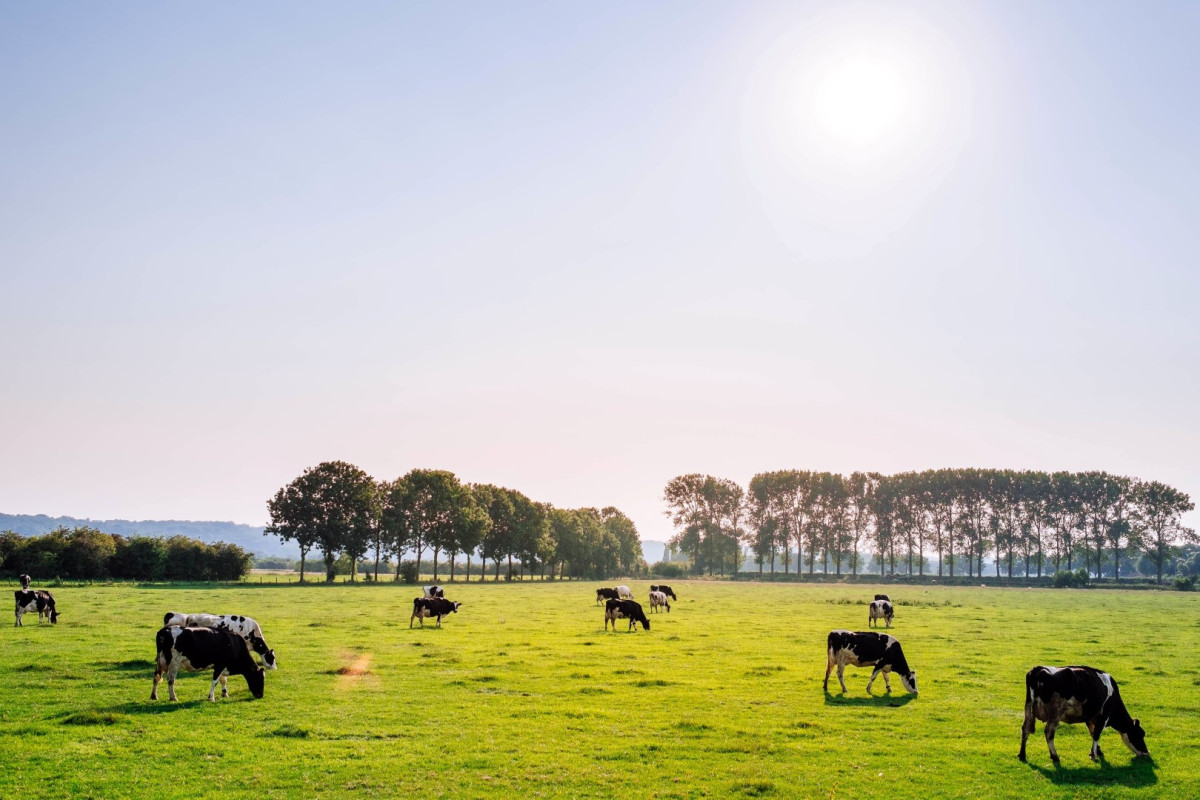



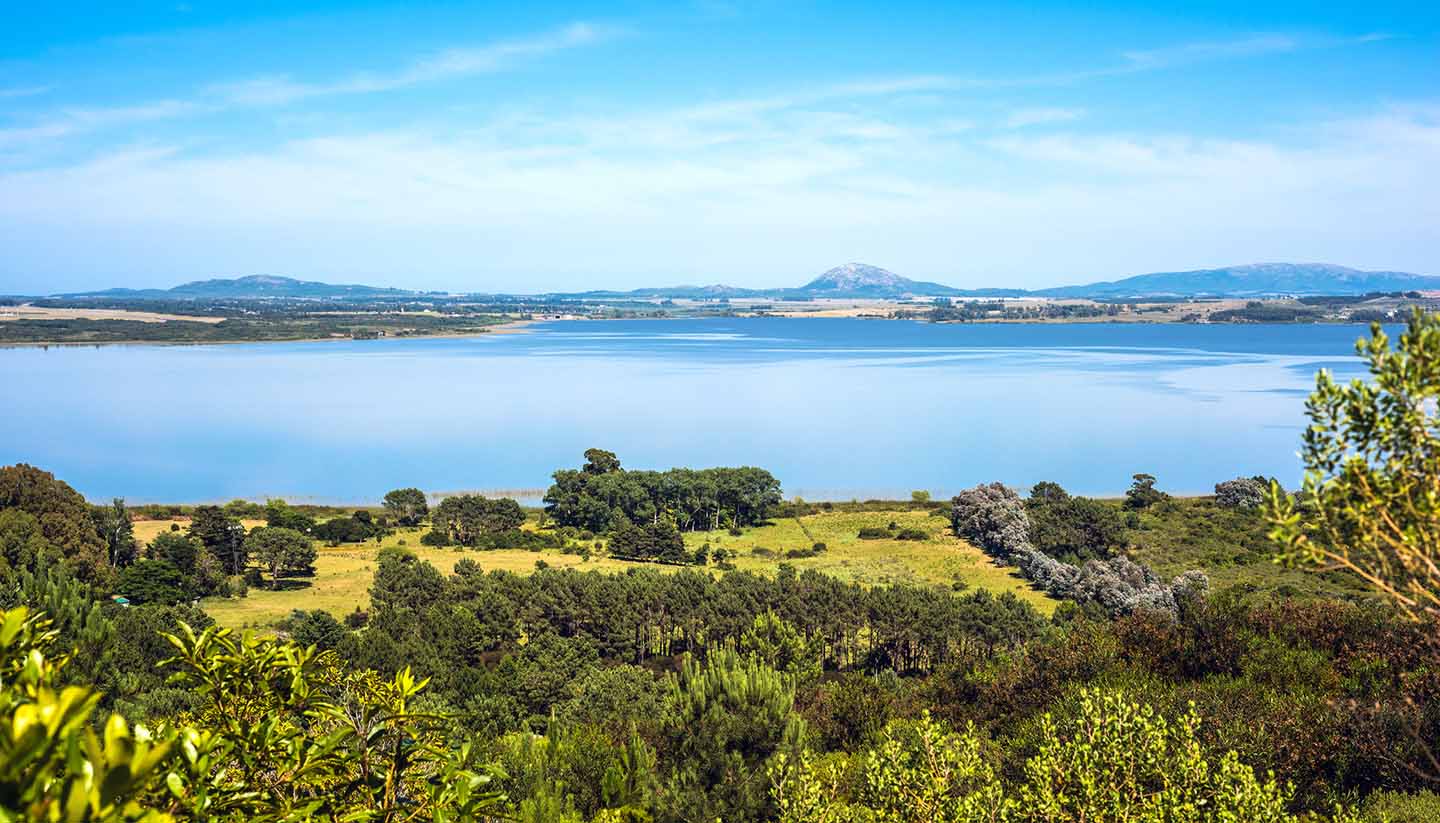
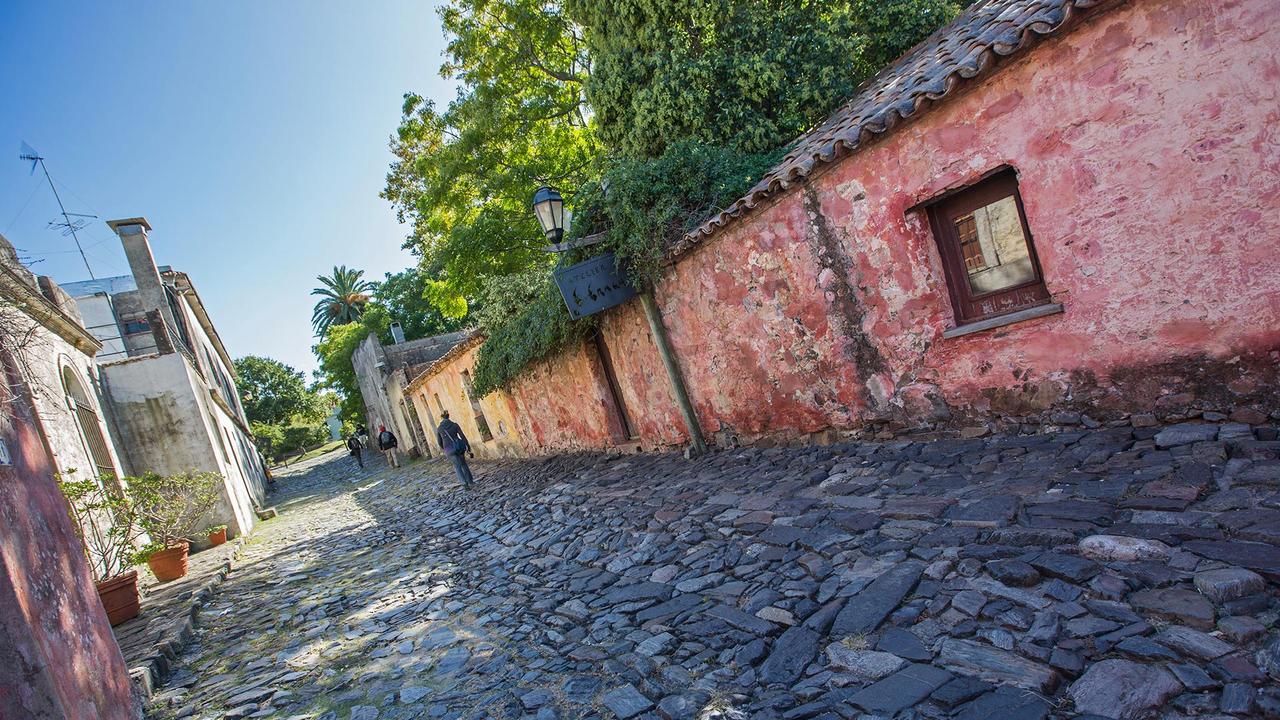


Culture:
The culture of Uruguay is diverse in its nature since the nation's population is one of multicultural origins. Uruguay has a legacy of artistic and literary traditions, especially for its small size. The contribution of its alternating conquerors, Spain and Portugal, and diverse immigrants – Italians, Germans, Swiss, Russians, Jews, and Armenians, among others – has resulted in traditions that integrate this diversity with the indigenous people or Charrúa elements. Uruguay has century-old remains and fortresses of the colonial era. Its cities have a rich architectural heritage, and a number of writers, artists, and musicians. Carnival and candombe are the most important examples of African influence by slaves, as well as Umbanda religious beliefs and practices. Guarani traditions can be seen in the national drink, mate. The folk and popular music of Uruguay shares with Argentina not only its gaucho roots, but also the tango.
Cuisine:
Uruguay is a state situated in the Southern part of South America. predominant in low fields and it has a lot of precipitations, which lead to animal breeding, such as cows and sheep. This Uruguayan occupation lead to a very specific cuisine, which is focused on the Beef meals, just like in the neighbor country, Argentina. The most important water is represented by the Uruguay river, but Uruguay also has opening to the Atlantic ocean.
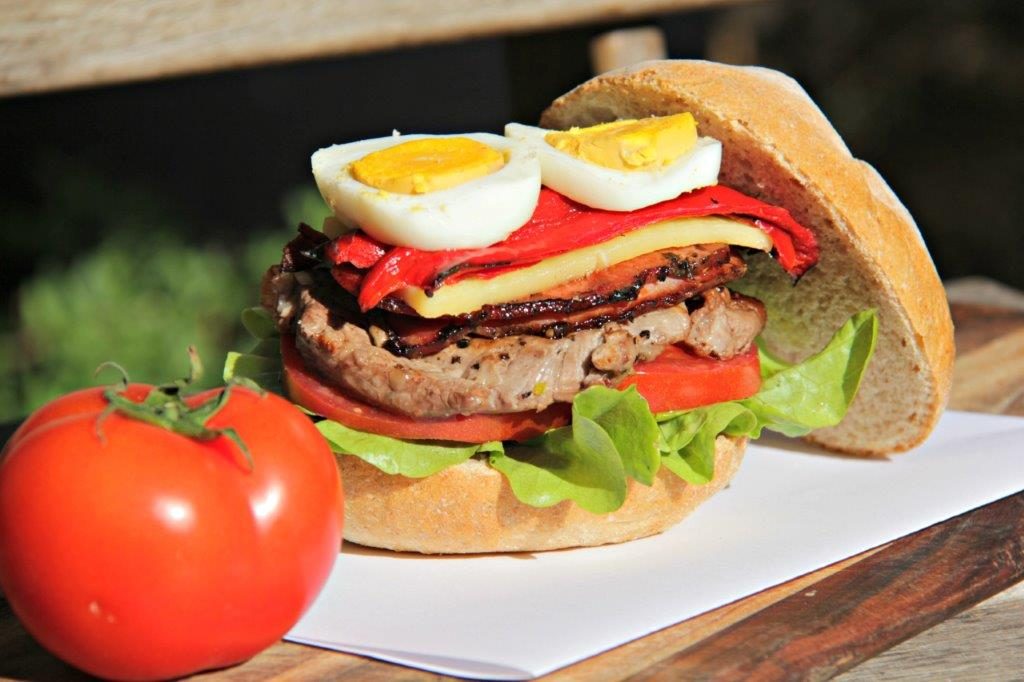
Due to the fact that Uruguay was the centre of tug wars between Portuguese and Spanish people, today’s cuisine includes numerous Spanish influences (various kinds of stews), Portuguese (yams, peanuts and tropical fruits), but also other European ones, like Italian (pizza, meat lasagna, vegetarian ravioli and various pastries). Besides Argentina, Brazil is another neighbor country that influenced the Uruguayan cuisine, with beans, coconut, dendi oil, codfish, rice, lemon, shrimp and manioc. Nowadays, the traditional Uruguayan cuisines include one of world’s largest spectrums of Beef dishes, such as parillada, bife lomo, vacio, chivitos, morcilla or chorizo, which are prevalent all over Uruguay and consumed on all special occasions. Uruguayan cuisine also varies in mixtures, thick and rich soups, creative salads, light garnishes and milky.
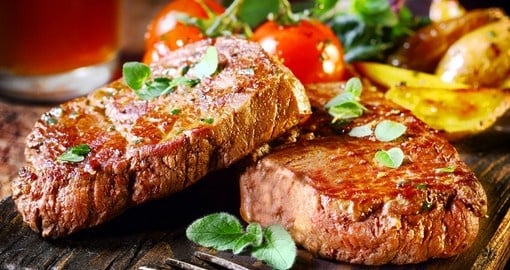
Uruguay has a rather uniform cuisine, spread all over the country. Dishes like currasco, chivitos, parillada, chaja cake, herbal tea, clevico drink, the traditional Argentinean cuisine (dulche de leche, chimichurri, various pastries with fillings), Spanish food (Puchero stew) and Italian specialties can be found all over Uruguay, as they all have deep roots in the culinary Uruguayan background. On the coastal areas, such as La Paloma and Maldonado, Uruguayan cuisine includes both freshwater and saltwater fish dishes. The fish dishes are combined with Russian salads, lime juice and a wide variety of vegetables.

Still, some particularities can be found within the cuisine of the capital Montevideo and the one belonging to the Coastal Areas. In Montevideo, there is a wide range of cafes and pedestrian streets with various snacks to buy and eat while walking. Also, there are various steak houses which offer the most complex variety of Beef meals: bife lomo (sirloin steak), bife de costilla (T-bone steak), tira de asado (rib roast), vacio (sirloin porterhouse), matambre or “food killer” (flank steak, eggs and rolled veggies) and parillada (mix selection of Beef and sausages). All these sorts of meat meals are accompanied by the medio y medio drink, meaning half wine and half champagne.

The preparation of different local stews, main courses and mixtures of spices and herbs requires time and technique. The technique refers to the cooking procedure: fresh or uncooked fruits, boiled veggies, mashed aliments, oil fried plants and meat, chopped greens and minced meat. For example, the buseca is a soup prepared out of numerous aliments, which require separate cooking procedures. Boiling the trip is a basic part of the soup and this must be done for at least 2 hours, so a lot of time is needed when preparing some of the most famous Uruguayan dishes. The reason is mainly the fact that the meat that is so frequently used, like Beef and calf are hard meats, which require long boiling to soften. Uruguayan people use many herbs and spices, which are usually dried before cooking and chopped. Almost all onions and garlic included in the meals are chopped and tomatoes are peeled and then mashed for sauces and different pastas.

Uruguayan cooking requires regular equipment, like the one found in the Western culture. The mate is sipped through a cane straw called bombilla. Tea used to be shared and served in a gourd with a silver straw, but not teacups are used. Coffee is drunk from very small cups, as it is rather strong. Bowls are very much used, especially due to the dips, sauces and stews. Other needed instruments are the sauce pans for stews and soups and large ones to preheat the oil for mixtures or meat. Uruguayan people love the ceramics and the pottery making is a very important and artistic craft. Diverse pots and water cans are in dark colors and have geometrical shapes; also, many Uruguayan pottery items are asymmetrical. Besides the rustic items of pottery and ceramics, the more practical equipment include condensate pots, orifice plates, flow elements and catch pots in different forms and sizes.
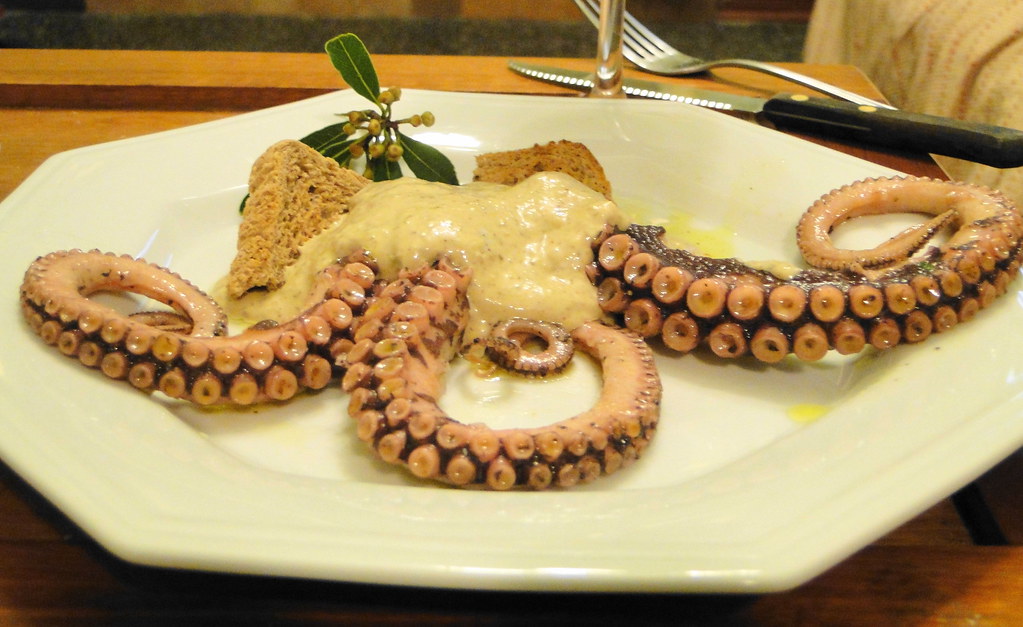
Uruguayan people are mostly catholic, so they celebrate the traditional Easter and Christmas. On these occasions, some of the consumed sweets are dulche de leche, torta de gofio, tartas fritas and the sweet anise bread. On Christmas, Uruguayan people celebrate with their families in large parties, like on New Year’s Eve. On Christmas, sweet pastries are very common in the Uruguayan menu. Among these, there is the traditional Uruguayan cake, simply prepared with eggs, self rising flour, Sugar, vanilla, condensed milk and sweet ver.

Other celebrations include the Landing of the 33 Patriots (19 April), which honors the independence in 1825, Labor Day, celebrated on the 1st of May. On all celebrations, Beef is the local sausages, as the chorizo and morcilla, with the chimichurri sauce are the most consumed meals. Besides the 2 major religious holidays and the national ones, Uruguayan people also celebrate Fiesta de la Virgen de la Candelaria. This celebration (fiesta meaning party) is also specific to other Latin countries, such as chile and Venezuela. In Uruguay, the centre of the celebration is Iglesia de Punta del Este, where the Spaniards celebrated their arrival with a feast. The traditional drink, mate, is drank on any occasion. The mate is sipped through a cane straw called bombilla and it is sweetened with Sugar or flavored with orange peel and herbs.
Music:
The most distinctive music of Uruguay is to be found in the tango and candombe; both genres have been recognized by UNESCO as an Intangible Cultural Heritage of Humanity. Uruguayan music includes a number of local musical forms such as murga, a form of musical theatre, and milonga, a folk guitar and song form deriving from Spanish traditions and related to similar forms found in many Hispanic-American countries.

Charrúa people used wooden drums, hornpipes, flutes, seashells to play music. Other folk musical instruments are marimba and musical bow.
Ethnic Racial Composition:
* 88% White
* 8% Mestizo
* 4% Black
People:
Uruguayans or Uruguayan people (Spanish: Uruguayos) are the citizens of Uruguay. The country is home to people of different ethnic origins. As a result, Uruguayans do not equate their nationality with ethnicity, but with citizenship.

Uruguay is, along with most of the Americas, a melting pot of different peoples, with the difference that it has traditionally maintained a model that promotes cultural assimilation, hence the different cultures have been absorbed by the mainstream. Uruguay has one of the most homogeneous populations in South America; the most common ethnic backgrounds being those from Romance-speaking Europe: the Spanish, especially Castilians, Catalans, Galicians, and Canarians, followed by Italians, Portuguese, and French.
Languages:
Spanish is the official language of Uruguay. Uruguayan Spanish also known as Rioplatense Spanish stems from Castillian, Galician, Andaluzian Spanish, with strong influences from Italian. There is also a Portuguese influence near the border region of Brazil. Some Uruguayans are Bilingual with Italian and Portuguese.
Uruguayan Portuguese is spoken near the border with Brazil and it has Spanish influences, it sounds very much like the Galician language.
There is Indigenous words still heard in all Uruguayans.
Religion:
Christianity is the largest religion in Uruguay. Church and state are officially separated since 1916 in Uruguay.
Economy:
The economy of Uruguay is characterized by an export-oriented agricultural sector and a well-educated work force, along with high levels of social spending. After averaging growth of 5% annually during 1996–98, in 1999–2002 the economy suffered a major downturn, stemming largely from the spillover effects of the economic problems of its large neighbors, Argentina and Brazil. In 2001–02, Argentine citizens made massive withdrawals of dollars deposited in Uruguayan banks after bank deposits in Argentina were frozen, which led to a plunge in the Uruguayan peso, causing the 2002 Uruguay banking crisis. About 10% of Uruguayans suffer from poverty.
Sports:
Sport in Uruguay has been an important part of Uruguayan culture, since the early start of the nation. Winners of such important awards such as the FIFA World Cup, the French Open, and Olympic medals, Uruguay has been a constantly successful sports nation in continental and world aspects.
Videos:











Culture:
The culture of Uruguay is diverse in its nature since the nation's population is one of multicultural origins. Uruguay has a legacy of artistic and literary traditions, especially for its small size. The contribution of its alternating conquerors, Spain and Portugal, and diverse immigrants – Italians, Germans, Swiss, Russians, Jews, and Armenians, among others – has resulted in traditions that integrate this diversity with the indigenous people or Charrúa elements. Uruguay has century-old remains and fortresses of the colonial era. Its cities have a rich architectural heritage, and a number of writers, artists, and musicians. Carnival and candombe are the most important examples of African influence by slaves, as well as Umbanda religious beliefs and practices. Guarani traditions can be seen in the national drink, mate. The folk and popular music of Uruguay shares with Argentina not only its gaucho roots, but also the tango.
Cuisine:
Uruguay is a state situated in the Southern part of South America. predominant in low fields and it has a lot of precipitations, which lead to animal breeding, such as cows and sheep. This Uruguayan occupation lead to a very specific cuisine, which is focused on the Beef meals, just like in the neighbor country, Argentina. The most important water is represented by the Uruguay river, but Uruguay also has opening to the Atlantic ocean.

Due to the fact that Uruguay was the centre of tug wars between Portuguese and Spanish people, today’s cuisine includes numerous Spanish influences (various kinds of stews), Portuguese (yams, peanuts and tropical fruits), but also other European ones, like Italian (pizza, meat lasagna, vegetarian ravioli and various pastries). Besides Argentina, Brazil is another neighbor country that influenced the Uruguayan cuisine, with beans, coconut, dendi oil, codfish, rice, lemon, shrimp and manioc. Nowadays, the traditional Uruguayan cuisines include one of world’s largest spectrums of Beef dishes, such as parillada, bife lomo, vacio, chivitos, morcilla or chorizo, which are prevalent all over Uruguay and consumed on all special occasions. Uruguayan cuisine also varies in mixtures, thick and rich soups, creative salads, light garnishes and milky.

Uruguay has a rather uniform cuisine, spread all over the country. Dishes like currasco, chivitos, parillada, chaja cake, herbal tea, clevico drink, the traditional Argentinean cuisine (dulche de leche, chimichurri, various pastries with fillings), Spanish food (Puchero stew) and Italian specialties can be found all over Uruguay, as they all have deep roots in the culinary Uruguayan background. On the coastal areas, such as La Paloma and Maldonado, Uruguayan cuisine includes both freshwater and saltwater fish dishes. The fish dishes are combined with Russian salads, lime juice and a wide variety of vegetables.

Still, some particularities can be found within the cuisine of the capital Montevideo and the one belonging to the Coastal Areas. In Montevideo, there is a wide range of cafes and pedestrian streets with various snacks to buy and eat while walking. Also, there are various steak houses which offer the most complex variety of Beef meals: bife lomo (sirloin steak), bife de costilla (T-bone steak), tira de asado (rib roast), vacio (sirloin porterhouse), matambre or “food killer” (flank steak, eggs and rolled veggies) and parillada (mix selection of Beef and sausages). All these sorts of meat meals are accompanied by the medio y medio drink, meaning half wine and half champagne.

The preparation of different local stews, main courses and mixtures of spices and herbs requires time and technique. The technique refers to the cooking procedure: fresh or uncooked fruits, boiled veggies, mashed aliments, oil fried plants and meat, chopped greens and minced meat. For example, the buseca is a soup prepared out of numerous aliments, which require separate cooking procedures. Boiling the trip is a basic part of the soup and this must be done for at least 2 hours, so a lot of time is needed when preparing some of the most famous Uruguayan dishes. The reason is mainly the fact that the meat that is so frequently used, like Beef and calf are hard meats, which require long boiling to soften. Uruguayan people use many herbs and spices, which are usually dried before cooking and chopped. Almost all onions and garlic included in the meals are chopped and tomatoes are peeled and then mashed for sauces and different pastas.

Uruguayan cooking requires regular equipment, like the one found in the Western culture. The mate is sipped through a cane straw called bombilla. Tea used to be shared and served in a gourd with a silver straw, but not teacups are used. Coffee is drunk from very small cups, as it is rather strong. Bowls are very much used, especially due to the dips, sauces and stews. Other needed instruments are the sauce pans for stews and soups and large ones to preheat the oil for mixtures or meat. Uruguayan people love the ceramics and the pottery making is a very important and artistic craft. Diverse pots and water cans are in dark colors and have geometrical shapes; also, many Uruguayan pottery items are asymmetrical. Besides the rustic items of pottery and ceramics, the more practical equipment include condensate pots, orifice plates, flow elements and catch pots in different forms and sizes.

Uruguayan people are mostly catholic, so they celebrate the traditional Easter and Christmas. On these occasions, some of the consumed sweets are dulche de leche, torta de gofio, tartas fritas and the sweet anise bread. On Christmas, Uruguayan people celebrate with their families in large parties, like on New Year’s Eve. On Christmas, sweet pastries are very common in the Uruguayan menu. Among these, there is the traditional Uruguayan cake, simply prepared with eggs, self rising flour, Sugar, vanilla, condensed milk and sweet ver.

Other celebrations include the Landing of the 33 Patriots (19 April), which honors the independence in 1825, Labor Day, celebrated on the 1st of May. On all celebrations, Beef is the local sausages, as the chorizo and morcilla, with the chimichurri sauce are the most consumed meals. Besides the 2 major religious holidays and the national ones, Uruguayan people also celebrate Fiesta de la Virgen de la Candelaria. This celebration (fiesta meaning party) is also specific to other Latin countries, such as chile and Venezuela. In Uruguay, the centre of the celebration is Iglesia de Punta del Este, where the Spaniards celebrated their arrival with a feast. The traditional drink, mate, is drank on any occasion. The mate is sipped through a cane straw called bombilla and it is sweetened with Sugar or flavored with orange peel and herbs.
Music:
The most distinctive music of Uruguay is to be found in the tango and candombe; both genres have been recognized by UNESCO as an Intangible Cultural Heritage of Humanity. Uruguayan music includes a number of local musical forms such as murga, a form of musical theatre, and milonga, a folk guitar and song form deriving from Spanish traditions and related to similar forms found in many Hispanic-American countries.

Charrúa people used wooden drums, hornpipes, flutes, seashells to play music. Other folk musical instruments are marimba and musical bow.
Ethnic Racial Composition:
* 88% White
* 8% Mestizo
* 4% Black
People:
Uruguayans or Uruguayan people (Spanish: Uruguayos) are the citizens of Uruguay. The country is home to people of different ethnic origins. As a result, Uruguayans do not equate their nationality with ethnicity, but with citizenship.

Uruguay is, along with most of the Americas, a melting pot of different peoples, with the difference that it has traditionally maintained a model that promotes cultural assimilation, hence the different cultures have been absorbed by the mainstream. Uruguay has one of the most homogeneous populations in South America; the most common ethnic backgrounds being those from Romance-speaking Europe: the Spanish, especially Castilians, Catalans, Galicians, and Canarians, followed by Italians, Portuguese, and French.
Languages:
Spanish is the official language of Uruguay. Uruguayan Spanish also known as Rioplatense Spanish stems from Castillian, Galician, Andaluzian Spanish, with strong influences from Italian. There is also a Portuguese influence near the border region of Brazil. Some Uruguayans are Bilingual with Italian and Portuguese.
Uruguayan Portuguese is spoken near the border with Brazil and it has Spanish influences, it sounds very much like the Galician language.
There is Indigenous words still heard in all Uruguayans.
Religion:
Christianity is the largest religion in Uruguay. Church and state are officially separated since 1916 in Uruguay.
Economy:
The economy of Uruguay is characterized by an export-oriented agricultural sector and a well-educated work force, along with high levels of social spending. After averaging growth of 5% annually during 1996–98, in 1999–2002 the economy suffered a major downturn, stemming largely from the spillover effects of the economic problems of its large neighbors, Argentina and Brazil. In 2001–02, Argentine citizens made massive withdrawals of dollars deposited in Uruguayan banks after bank deposits in Argentina were frozen, which led to a plunge in the Uruguayan peso, causing the 2002 Uruguay banking crisis. About 10% of Uruguayans suffer from poverty.
Sports:
Sport in Uruguay has been an important part of Uruguayan culture, since the early start of the nation. Winners of such important awards such as the FIFA World Cup, the French Open, and Olympic medals, Uruguay has been a constantly successful sports nation in continental and world aspects.
Videos:





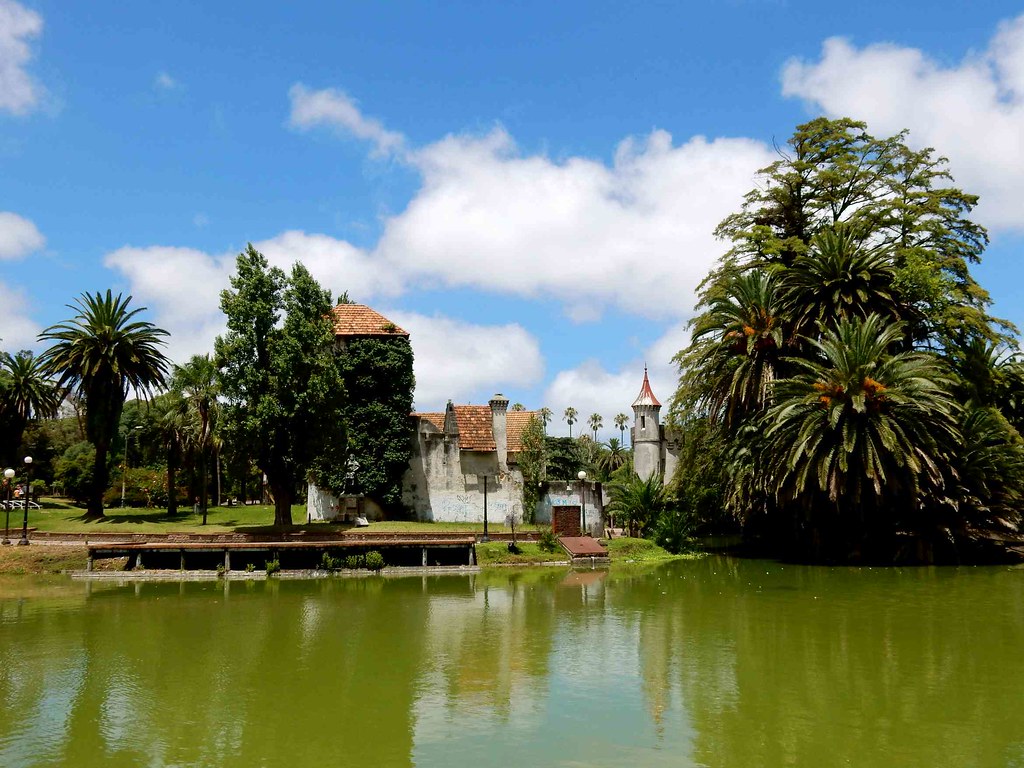
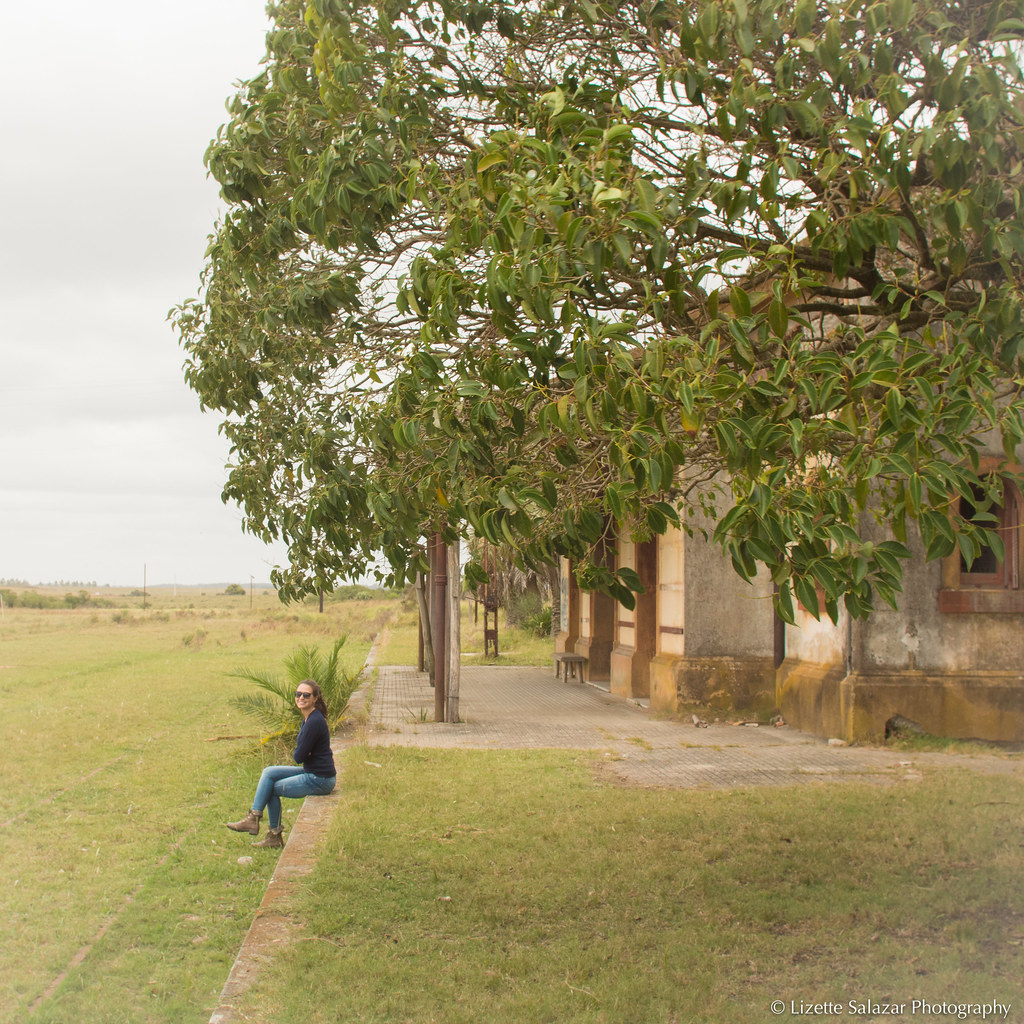
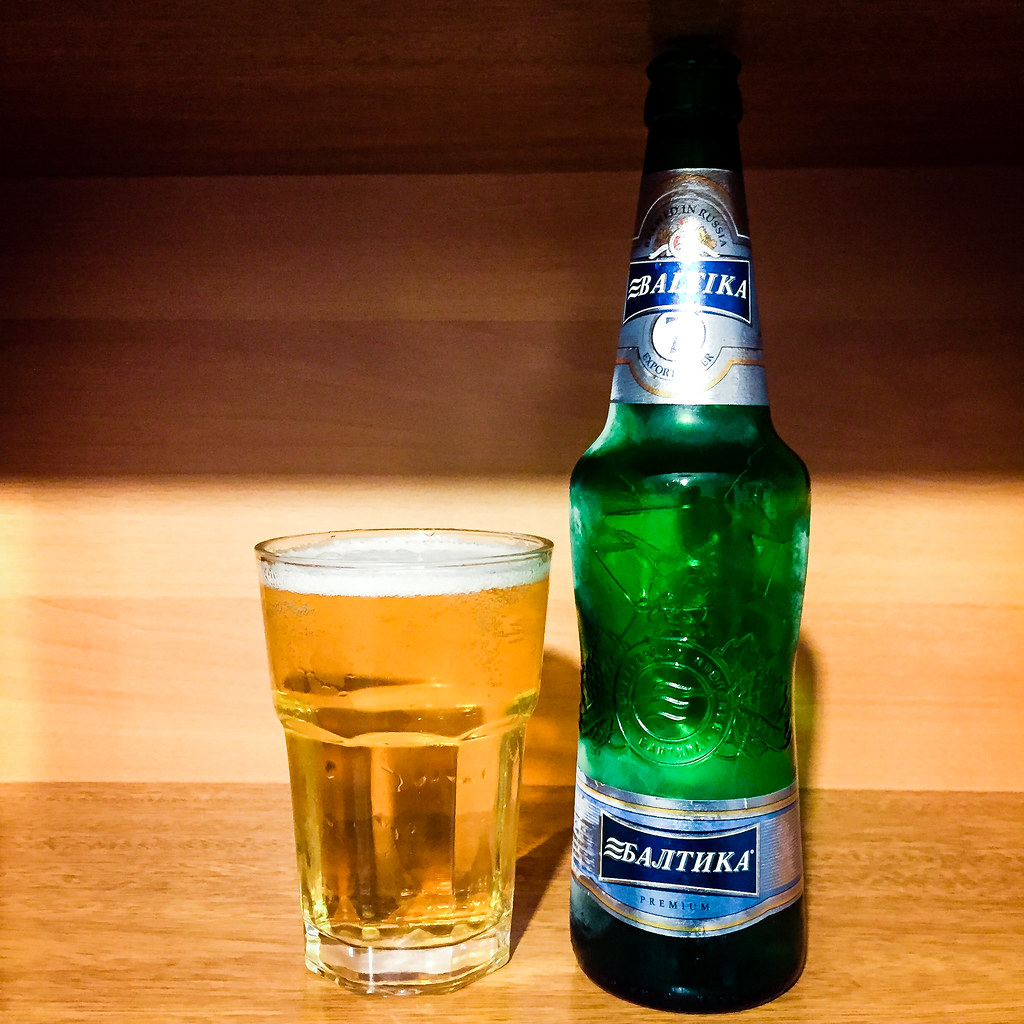





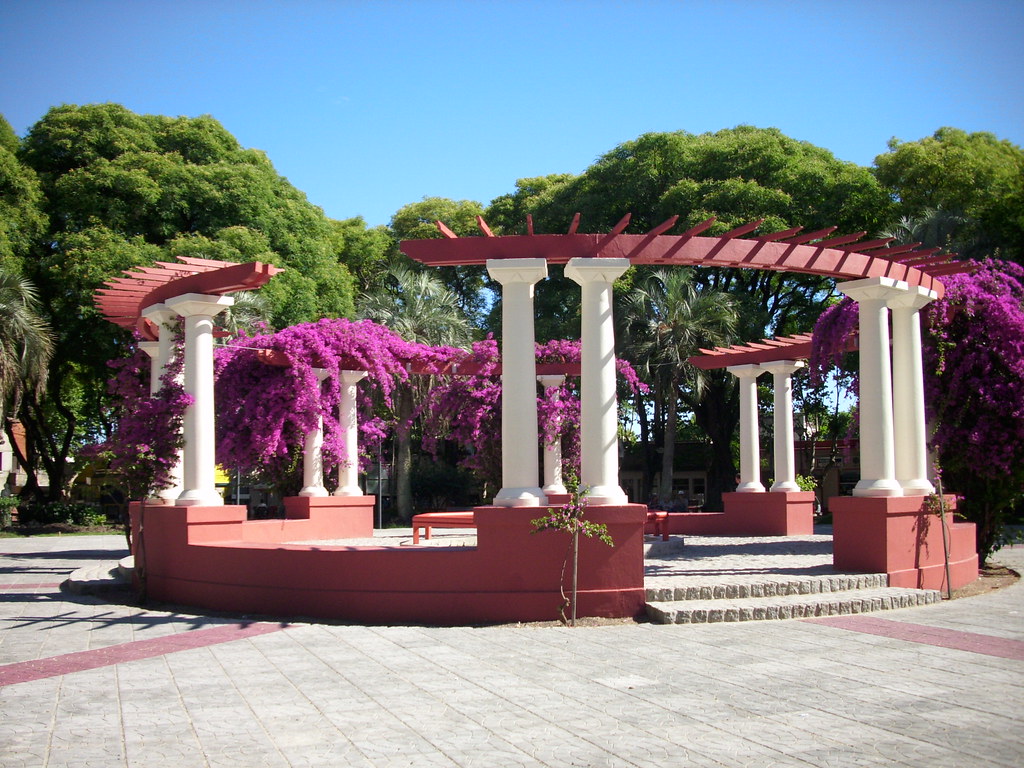
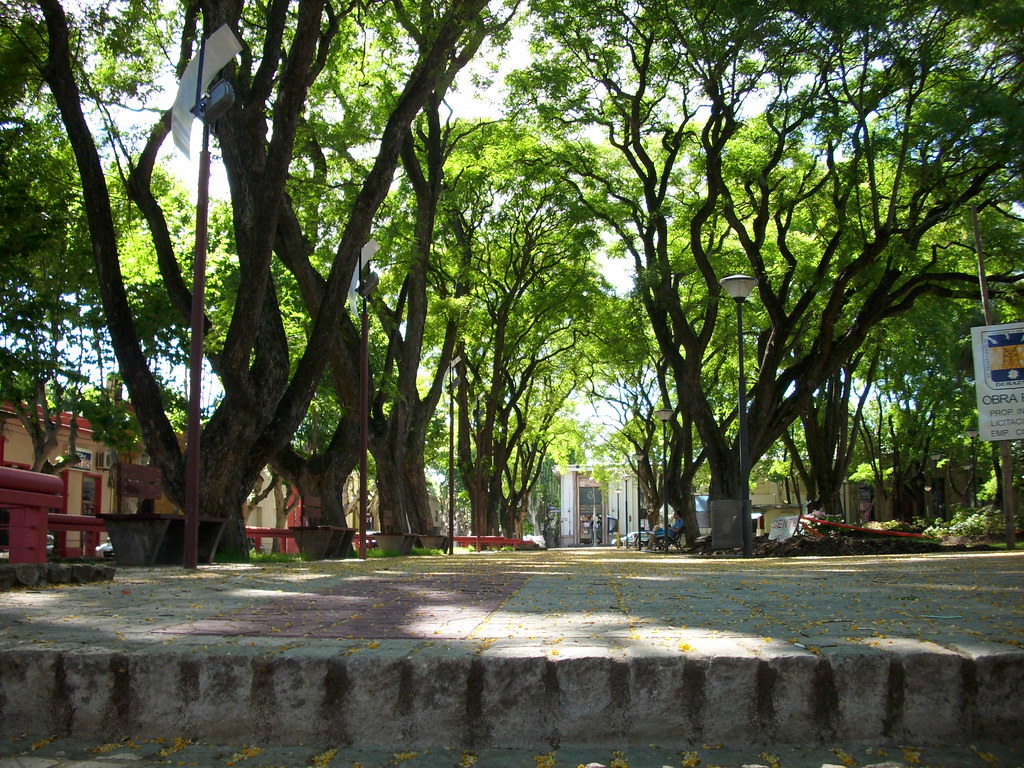

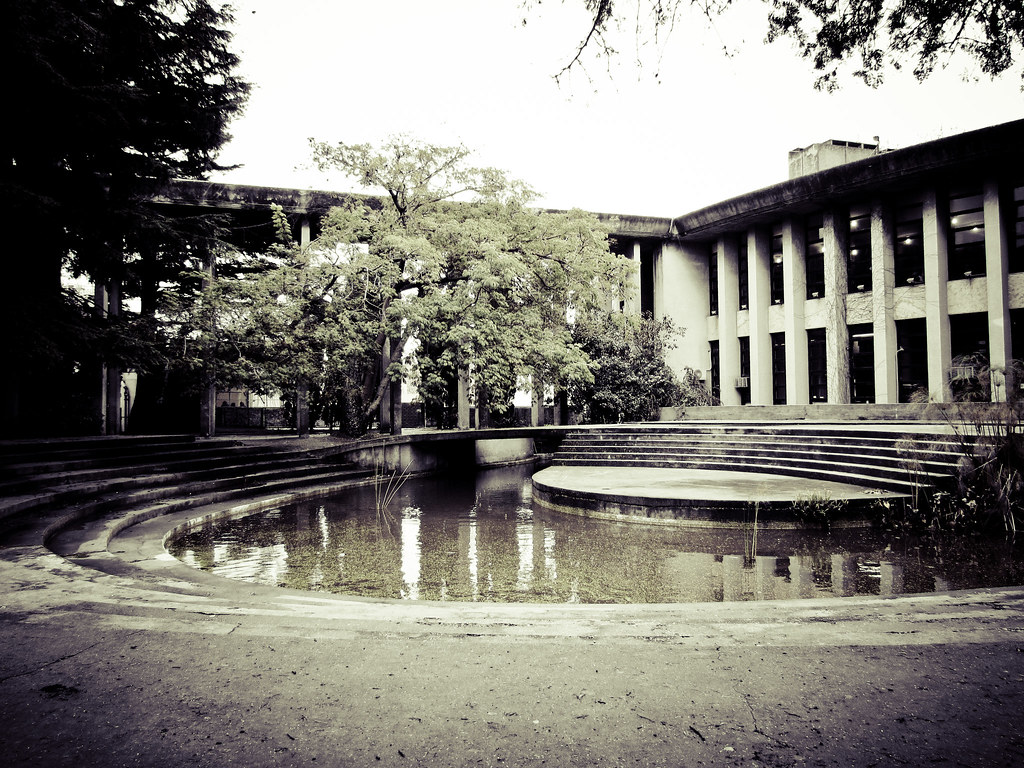


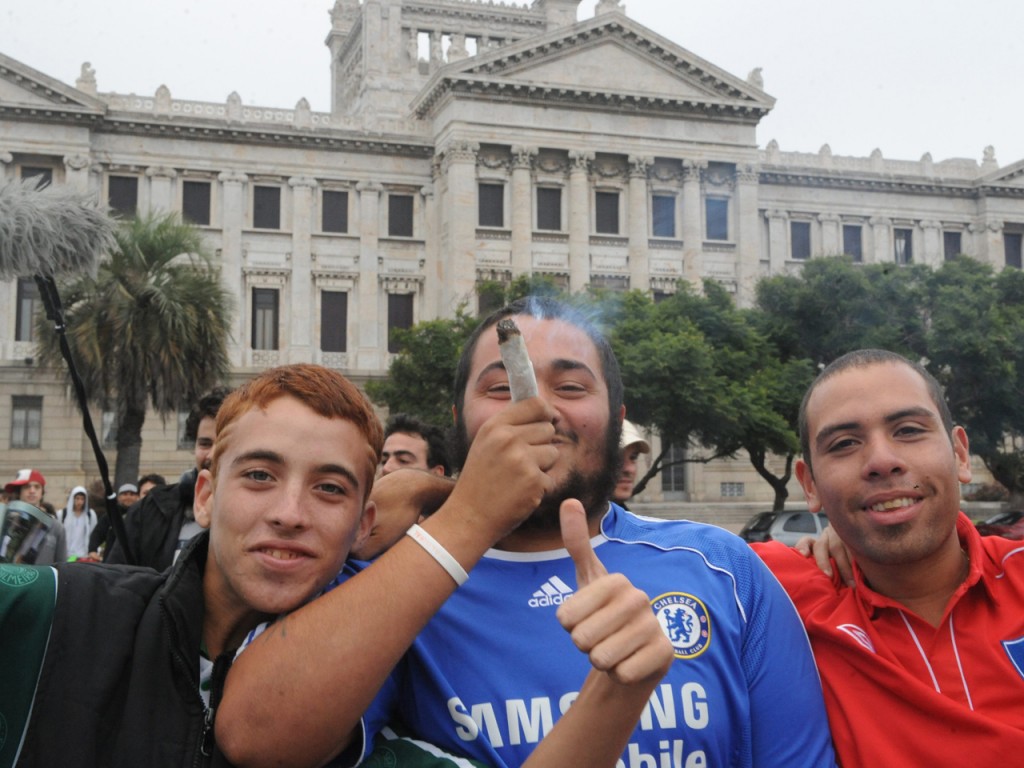
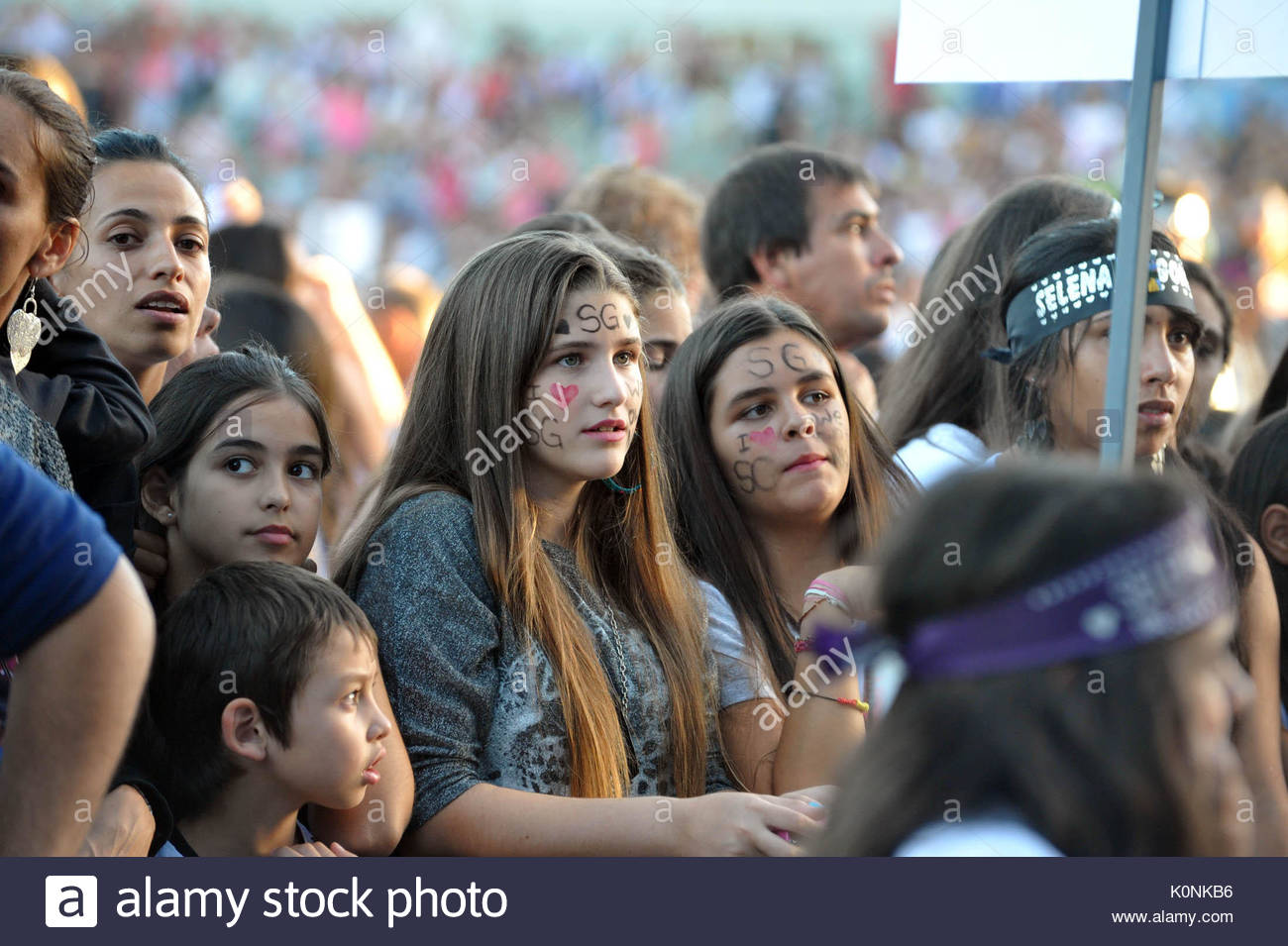
/arc-anglerfish-tgam-prod-tgam.s3.amazonaws.com/public/AHI7PX63XJDKNDE4M7YBOLJ474)



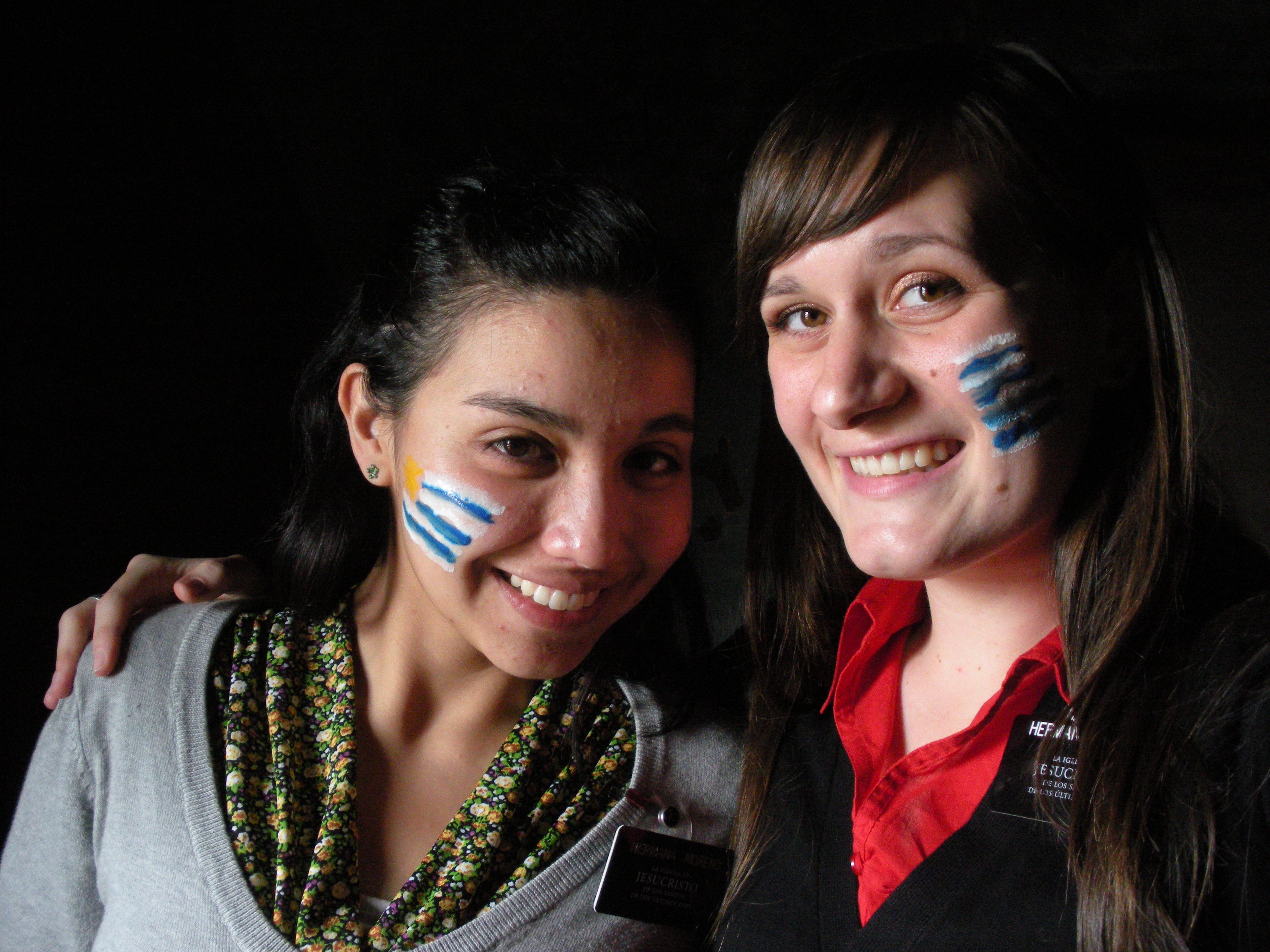
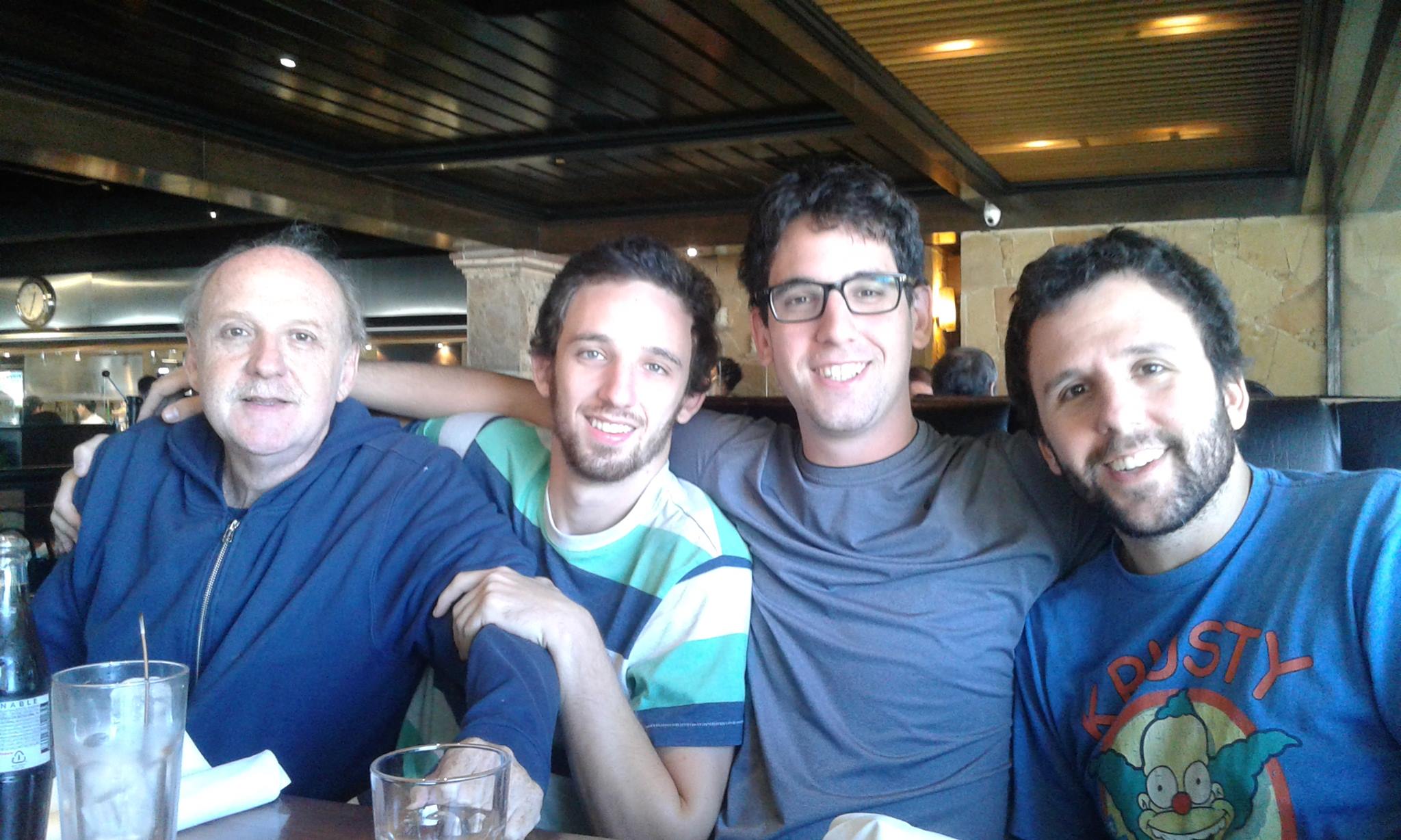





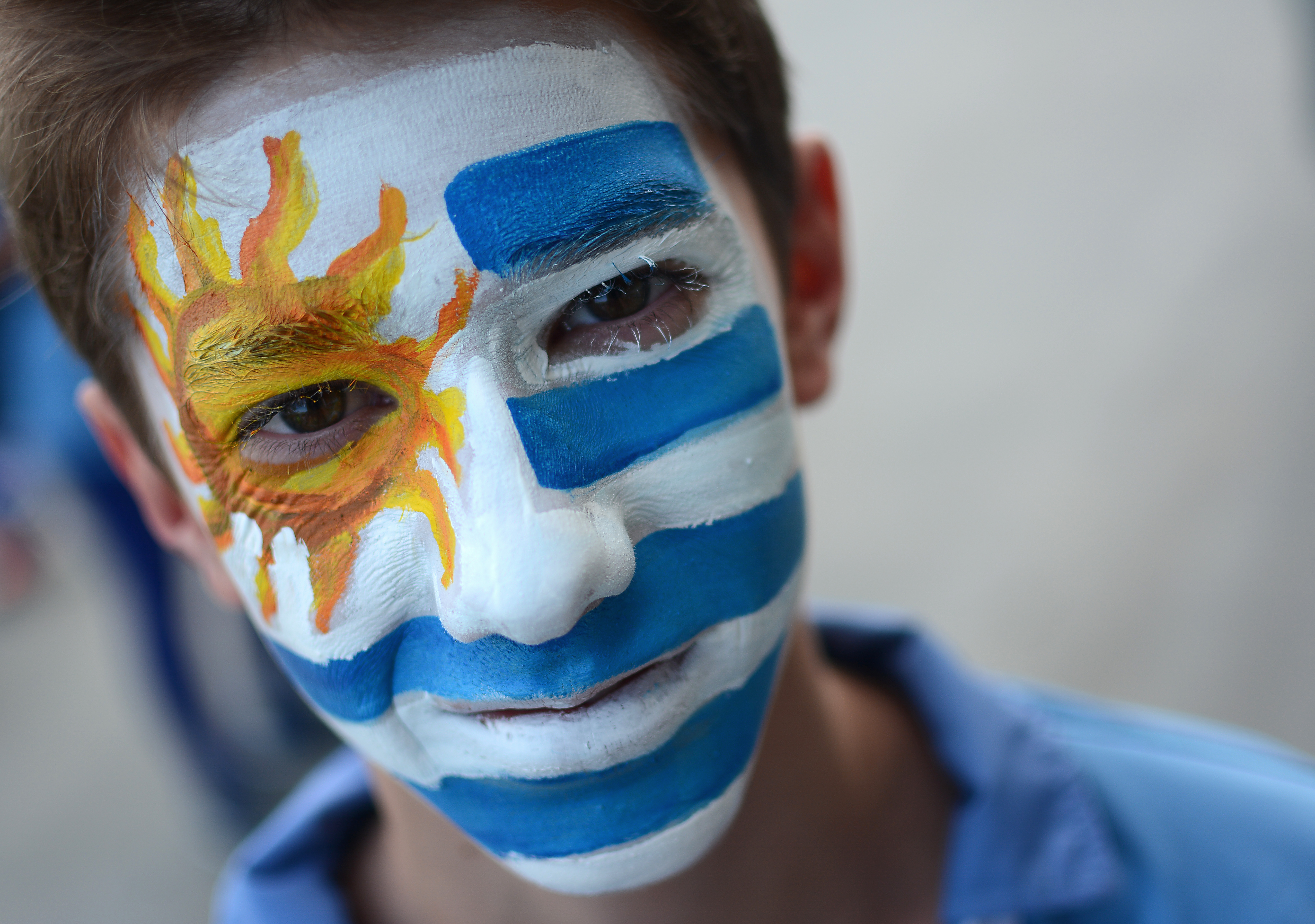

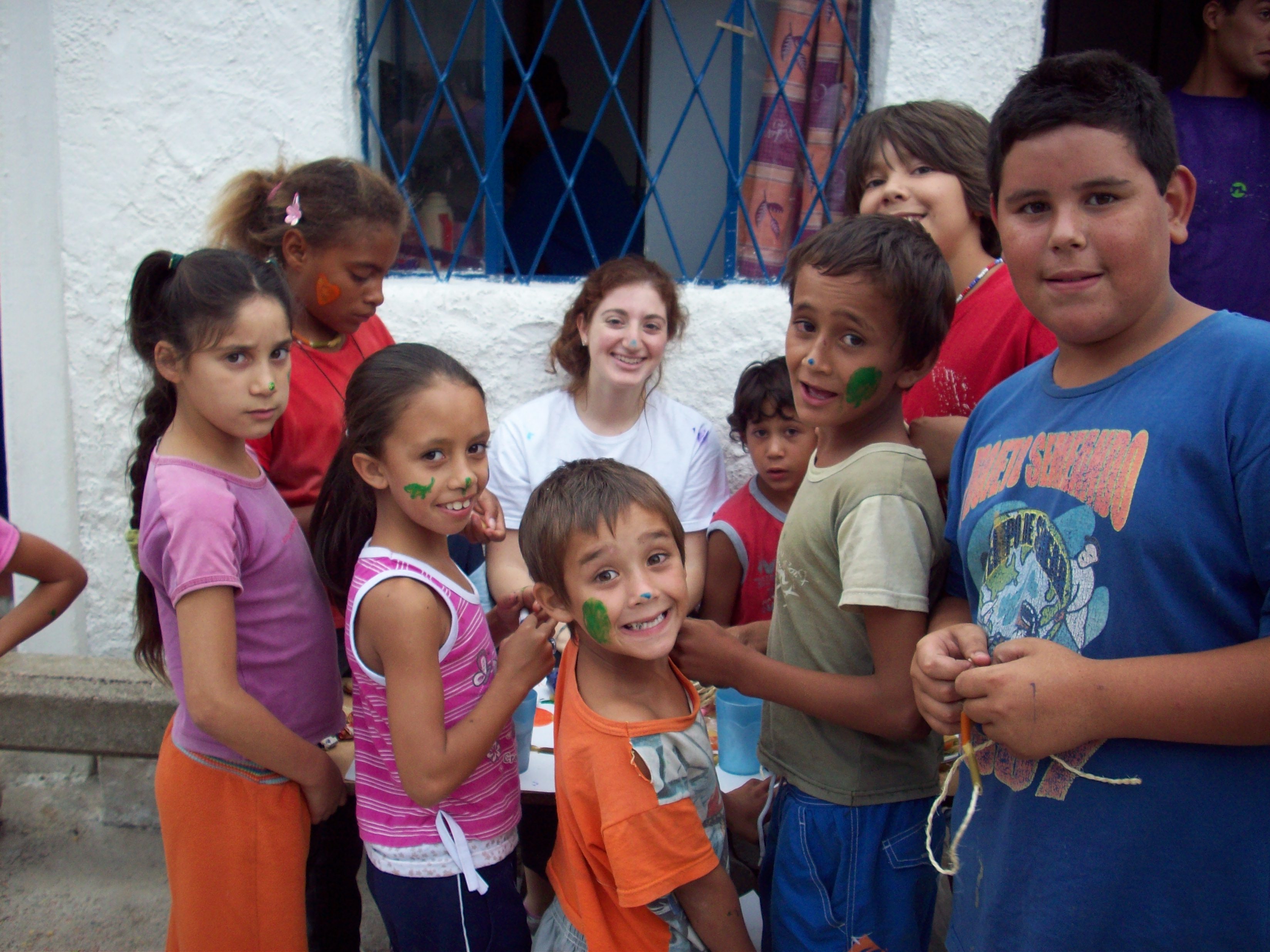


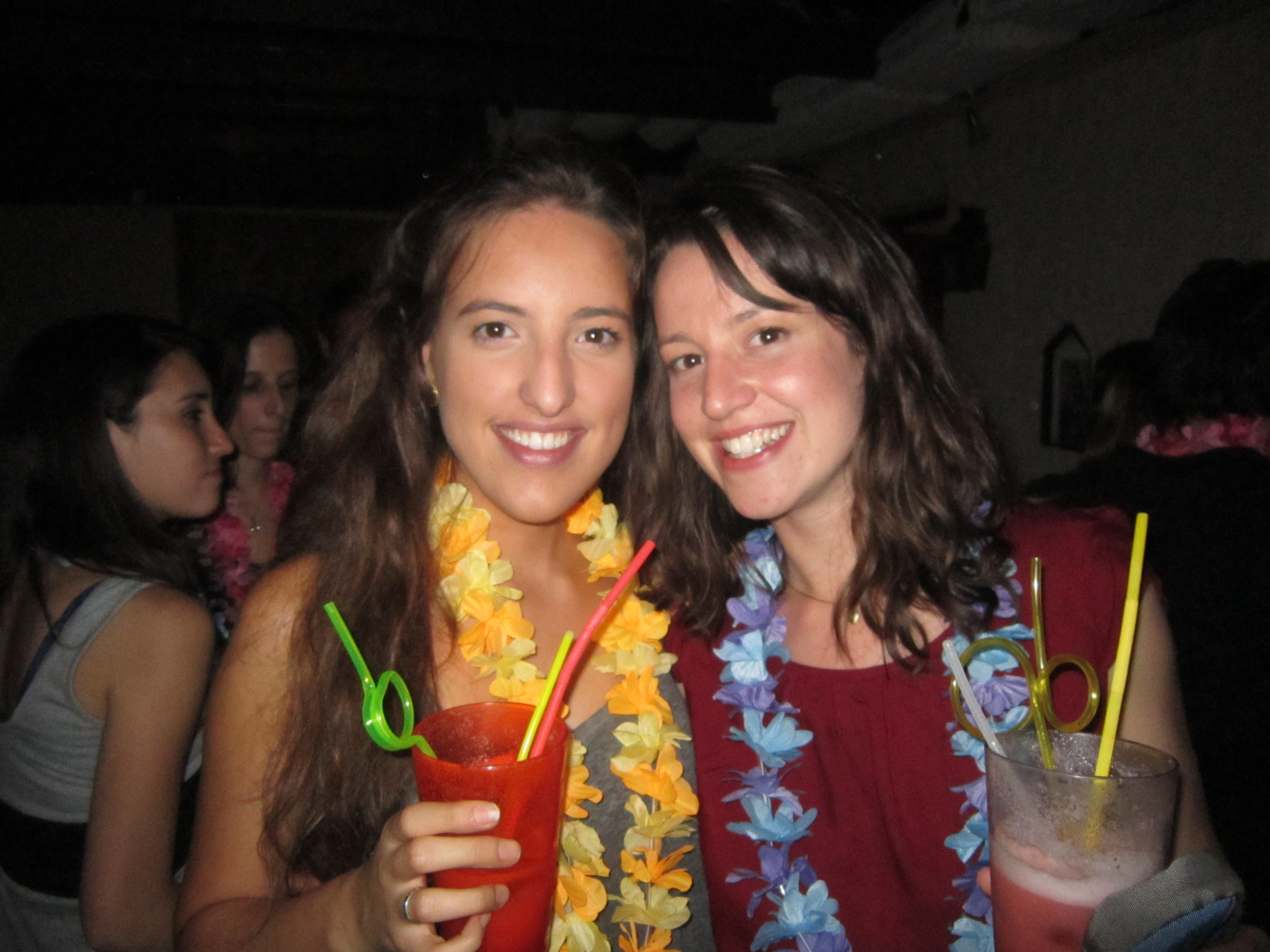


 Our beer 'Baltika' in Uruguay!
Our beer 'Baltika' in Uruguay! 
